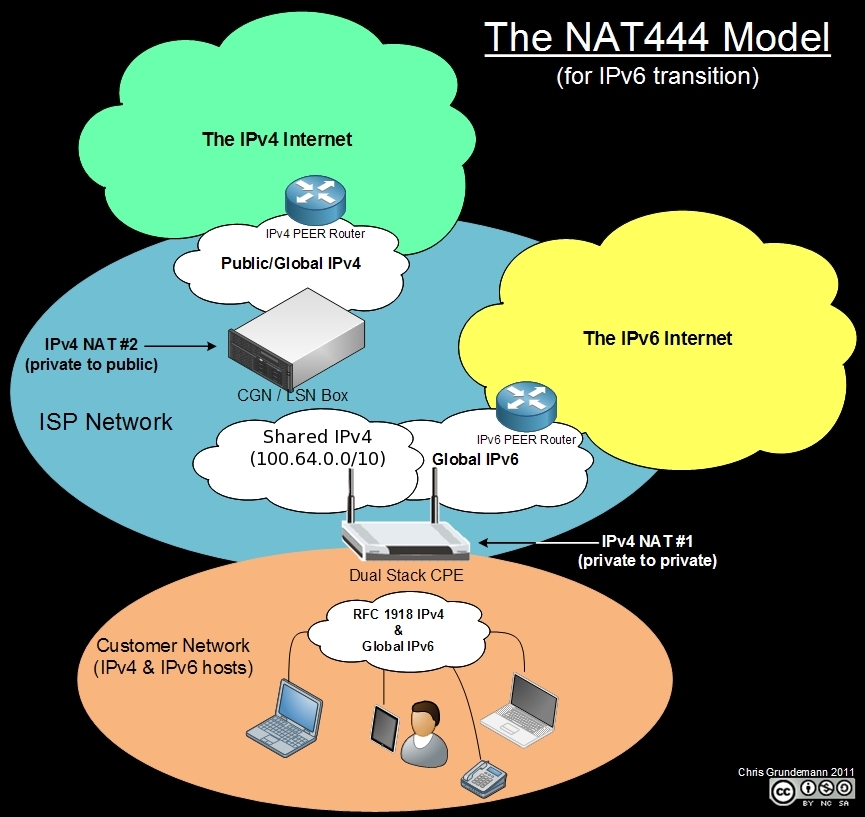[Top][Home]
Connectivity Options
Broardband Wireless
The Amateur Radio hobby is moving on and one of the most rapidly expand areas is digital.
Cheap low powered processors and clever applications are fuelling experimentation and development.
The world is increasingly interconnected and technological advances are progressing at an ever
faster rate. Corporate entities are evolving ever faster and our hobby is following suit.
The WIA looks set to enable digial modes for foundation licences.
https://forum.huawei.com/enterprise/en/thread-350483.html
https://www.hetinternethuis.nl/productbestanden/Huawei_E5186_Datasheet.pdf
ADSL
Requires fixed line ie existing phone line. ADSL modem, an ADSL plan. eg: https://www.iinet.net.au/internet-products/broadband/plans/?naked-dsl Typlically, $60/mth for 500 GB/mth. But 12 month term.NBN
Microlink
2.4 or 5.8 GHz wireless bridge to an ISP access point with unlimited, highspeed, fibre connection.
Microlink
There are many vartions to this solutions and usualy involve using a members privare or business premises to provide a link. Bear in mode that this solution simply move the commercial connection (ISP) to another location. It does introduce many other variable and potentially costs.
Issues to investigate.
- Type of modems at each end
- Type of antenna dishes? HB or purchased
- Distance run and signal attenuation
- Confirm clear path at stays that way
- Locations to mount antennas and install kit.
- What is the "agreement" with the owner of the node. Is it formal or informal?
- Access to the node premises for service equipment
- Is be compensation to be paid?
- How do you protect privacy of the clubs and the node network
- Licence and Legal aspects of the emissions. Does it need licensing?
see the LIPD legislation and it says Radio Local Area Network transmitters must be used indoors (Frequency hopping, WiFi and RLAN transmitters note 61 and 62).”
Radiocommunications (Low Interference Potential Devices) Class Licence 2000 PDF download is here:
https://www.acma.gov.au/-/media/Spectrum-Engineering/Information/pdf/ifc49-2012-lipd_variation-rcomms_lipd_class_licence_2000-pdf.pdf?la=en
[Top][Home]
Evualation
- Statically addessable
- Data Volumes
- Reliability
- Speed
- Latency
- Setup Cost
- Annual Operating Costs
[Top][Home]
Consumer Grade NAT (CGN) or Large Scale NAT (LSN)
Carrier-grade NAT (CGN), also known as large-scale NAT (LSN), is an approach to IPv4 network design in which end sites, in particular residential networks, are configured with private network addresses that are translated to public IPv4 addresses by middlebox network address translator devices embedded in the network.
Source:https://en.wikipedia.org/wiki/Carrier-grade_NAT
What NAT444 Breaks

What isn’t broken by NAT444/LSN:
- Web browsing
- FTP download
- Small files
- BitTorrent and Limewire
- Leeching (download)
- Skype video and voice calls
- Instant messaging
- Facebook and Twitter chat
What NAT444/LSN breaks:
- FTP download
- Large files
- BitTorrent and Limewire
- Seeding (upload)
- On-line gaming
- Xbox
- PlayStation Etc.
- Video streaming
- Hulu
- Netflix
- Slingcatcher Etc.
- Webcam
- Remote viewing
- Tunneling
- 6to4
- Teredo Etc.
- VPN & Encryption
- IPSec
- SSL
- VoIP
- Limited ALG/SIP support
- All custom applications with the IP embedded. Lack of ALGs
How to check if the ISP uses Carrier-grade NAT (CGN): http://www.remoterig.com/wp/?page_id=3494
[Top][Home]
LIPD and ISM frequencies
https://www.acma.gov.au/Industry/Spectrum/Radiocomms-licensing/Class-licences/shortrange-spreadspectrum-devices-fact-sheet">https://www.acma.gov.au/Industry/Spectrum/Radiocomms-licensing/Class-licences/shortrange-spreadspectrum-devices-fact-sheet[Top][Home]
Microlinks
Rocket M from Ubiquiti Networks, Inc
Powerful 2x2 MIMO AirMax BaseStation PlatformsModels: M2, M2GPS, M3, M365, M365GPS, M5, M5GPS, M900
https://secure.ubiquitishop.com.au/files/rocket_m_gps_datasheet.pdf
900Mhz
Point-to-Point Bridge Link 900M Yagi 32 Mbpshttp://store.freenet-antennas.com.au/product_info.php?products_id=537&osCsid=3c1faf947685ec0a7a5dcf355a4b40c9&r=9467
[Top][Home]
2.4Ghz Rocket M2 Titanium